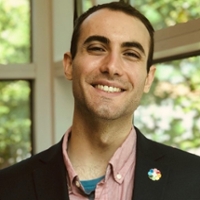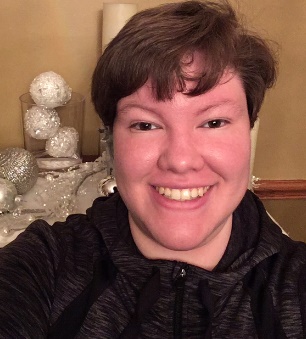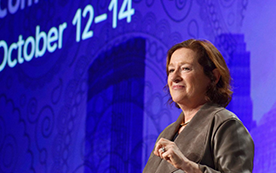
5 Survey-Creation Tips from Anime Academics
With all the advantages surveys offer, it makes sense that con organizers would want to use them too. After all, there’s no better way to reach thousands of con-goers quickly, effectively, and at a low cost!
There’s an art to surveys, though: we’ve all seen versions that we wouldn’t take unless we were being paid to, right? In fact, as the researchers behind the Survey of Anime Convention Attendance in Response to Covid-19, we went through our survey exhaustively to try and create something that people would remain interested in and excited to take.
And it’s seemed to work so far. Asking anime con-goers what they want to see from their favorite cons after a year – and in some cases, two! – away has netted us some fascinating insights about cosplay events and more.
While designing our own survey, we certainly looked to resources like industry leader SurveyMonkey’s 10 Best Practices For Creating Effective Surveys, but at the same time, they’re already experts. So what can people who *don’t* make surveys for a living do?
If you’re thinking of creating a survey for your own con-goers, here are some tips we’d recommend:
1. Have a goal in mind for the survey
In other words, what do you want to achieve with this? Do you just want to see how many attendees enjoyed your con, or do you want to know what they expect from a future event? Keep in mind what you want to know or understand better by sending people this survey, and that will help you figure out what kinds of questions to ask, too.
2. Have a plan for your survey results
Before your survey even goes out, make sure you know what you’ll do with what you find! Make sure you discuss who is in charge of storing data, where it will be stored, and who is the contact person who can answer questions about it.
3. Design your survey to accommodate the people taking it
Or, in other words, make your survey easy for people to take no matter how they’re coming to it. Is your survey accessible for respondents with visual impairments? Is it responsive on mobile devices like phones and tablets? Can your questions be answered using a keyboard *or* a touchscreen?
4. Create clear, straightforward questions
Are questions easy to understand? Just as important, are they hard to misinterpret? Does the survey use skip/display logic (i.e., questions that move people to a new survey page when they answer a question in certain ways) to make sure respondents are only seeing relevant questions?
5. Test your survey early and often
Your survey might seem intuitive to you when you’re creating it, but make sure that you try it out too, just to check! That way, you can catch missing links, navigation issues, and more, before you actually send it out to participants who will report back on those same issues. (Pew Research Center offers more tips on survey design, too!)
Ready to get started on your own survey? Here are some additional reads we’d recommend on survey methods and also on how to create a survey from scratch!

Billy Tringali (@BillyTringali) is the founder and editor-in-chief of JAMS: The Journal of Anime and Manga Studies (@OpenAccessAnime), the only open-access journal solely dedicated to publishing high-quality academic works regarding anime, manga, cosplay, and their fandoms. The journal’s first published volume is available at go.Illinois.edu/anime. Billy earned his MLIS from the University of Illinois at Urbana-Champaign and currently works as the Law Librarian for Outreach at Emory University School of Law.

Maria Alberto (@MariaKAlberto) is a PhD candidate at the University of Utah, where her work focuses on fans and their engagement with media texts, particularly pop culture ones. She has presented parts of her research at Akon and Fan Expo Denver, and she is also a manuscript reviewer for The Journal of Anime and Manga Studies. She earned her MA from Cleveland State University.








